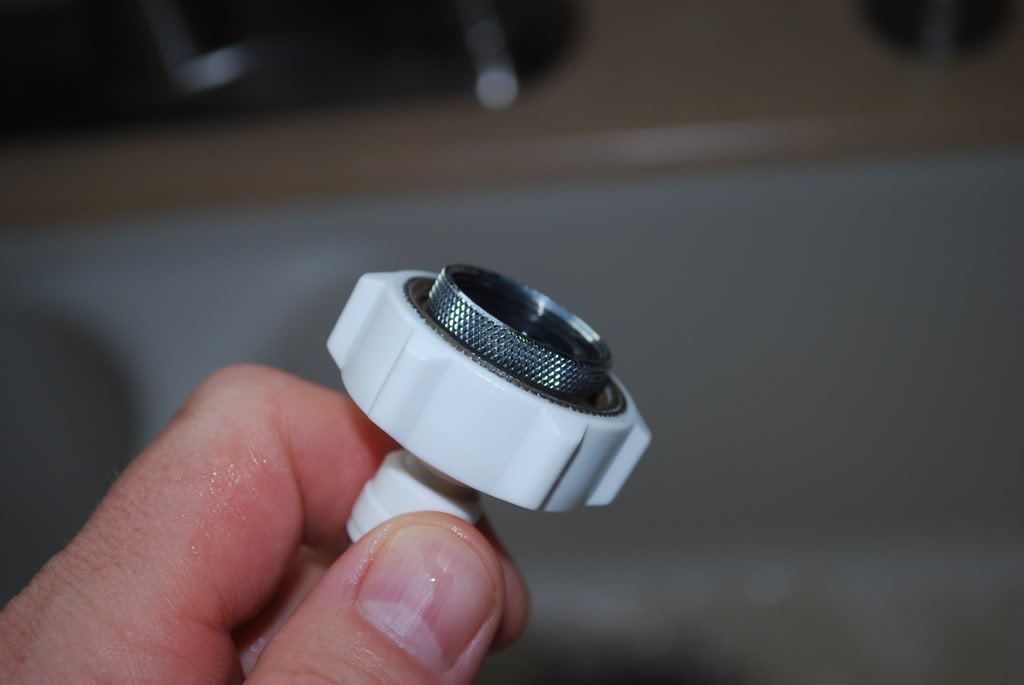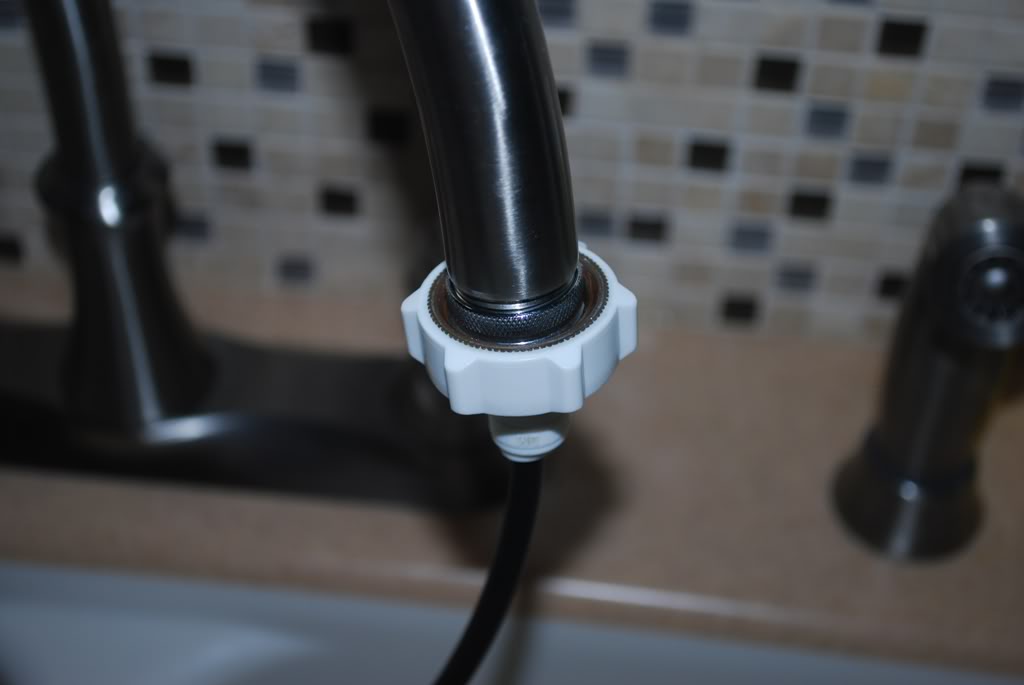- Joined
- Apr 11, 2009
- Messages
- 374
- Reaction score
- 1
So about 2weeks ago I noticed I was getting some red slime. Went to my LFS and got Continuum Bacter gen m. I have done every dose like it says but I watch it get worse. Any info..help..suggestions.. etc
Sent Via the R2R Forum APP
Sent Via the R2R Forum APP



















